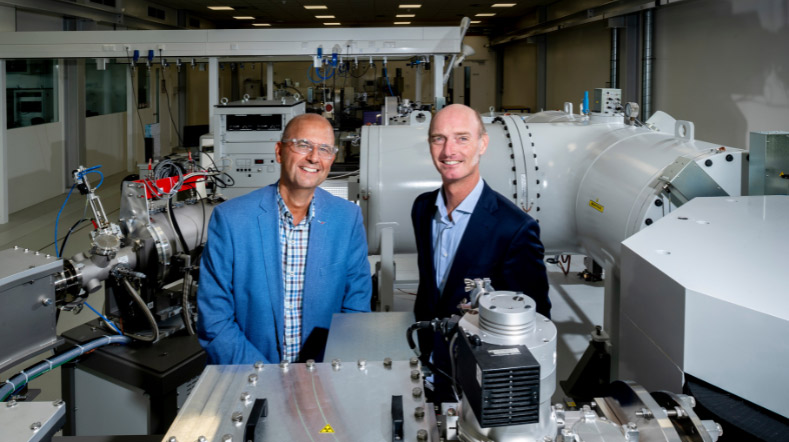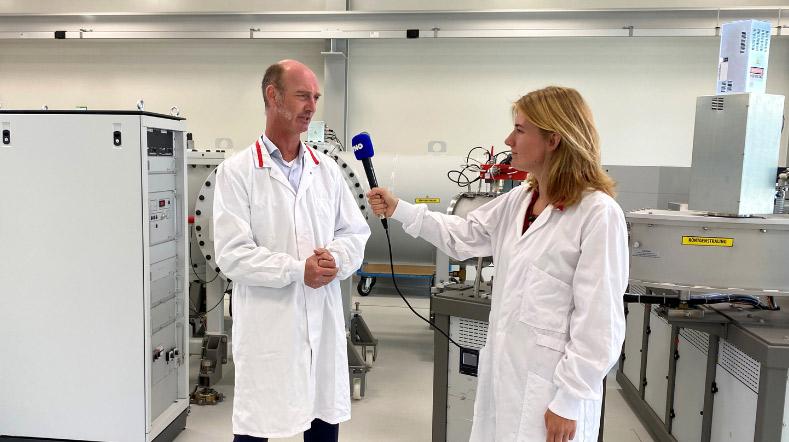
How can we make the process of developing medications faster, safer, and less costly?
An ever-greater understanding of disease processes has made it possible to develop medications that are customised for specific patients or groups of patients. However, the process is expensive, time-consuming, and risky. TNO is working on innovations to make it easier to develop medications more quickly, more safely, and cost effectively.
Our starting point is that the innovations should be designed to accelerate the process. After all, a shorter and more efficient development process would reduce costs and result in medications being available more quickly. One such cost-saving innovation is the Accelerator Mass Spectrometry (AMS). This is a unique technology that could prevent delays in the development of new medications. Other examples are a 3D printer for printing ‘custom-made’ medications, an organ-on-a-chip, and models of organs for reducing the likelihood of new medications failing during the clinical trial phase.
But the fact is that the only way of making substantial improvements to the process by which medications are developed is to do so in a coordinated and concerted manner. We should then be in a position to develop ever-more complex and personalised medications for patients, using less animal testing and at an acceptable level of cost.
Six important aspects
Below are the most important recommendations for the pharmaceutical industry and government for successfully accelerating the process:
- Identify the bottlenecks that lead to higher costs and greater risks, as well as the opportunities for accelerating that process.
- A coordinated approach, involving government, industry, and TNO (as an independent knowledge partner) could make possible the development of more complex medications at an acceptable cost.
- With a coordinated approach, government and industry could make more targeted investments in relevant process innovations.
- By being directly involved, the government could introduce and implement the necessary regulations more quickly.
- More carefully targeted innovation would reduce the risks, while an integrated approach for speeding up the process could save billions of euros.
- In a dialogue between the pharmaceutical industry and government, these savings should feed through to lower prices for medications.
Want to join us in improving drug development of the future? Get in touch with Ivana Bobeldijk.
Get inspired
Preclinical ADME


TNO launches Peregrion to boost market impact of its technology that accelerates medicine development


PPP uncovers new insights into MASLD development


Translational preclinical efficacy models


Time setters: reduce long waits for new medication with AMS


